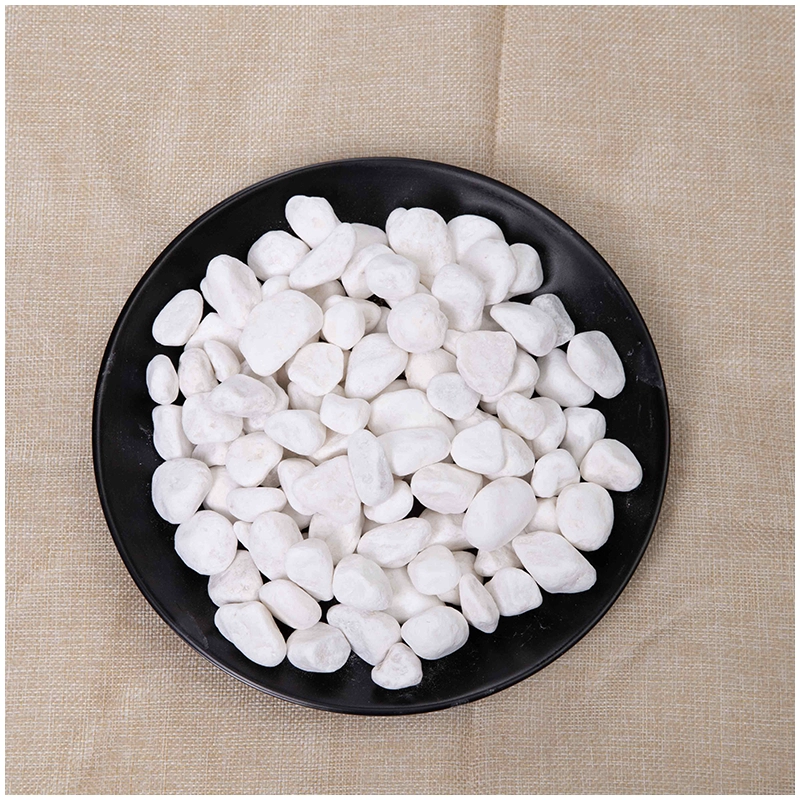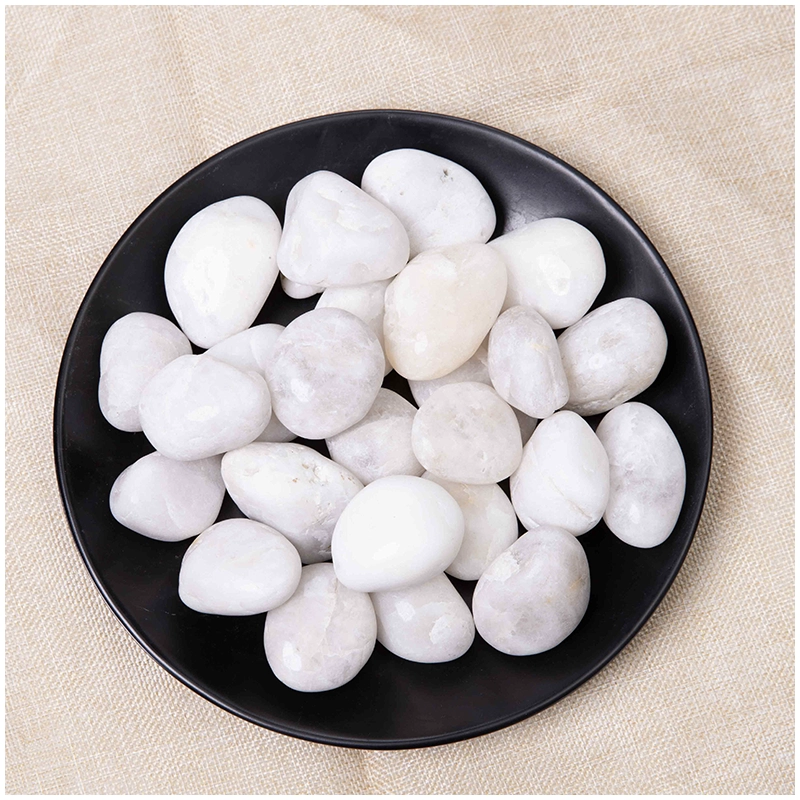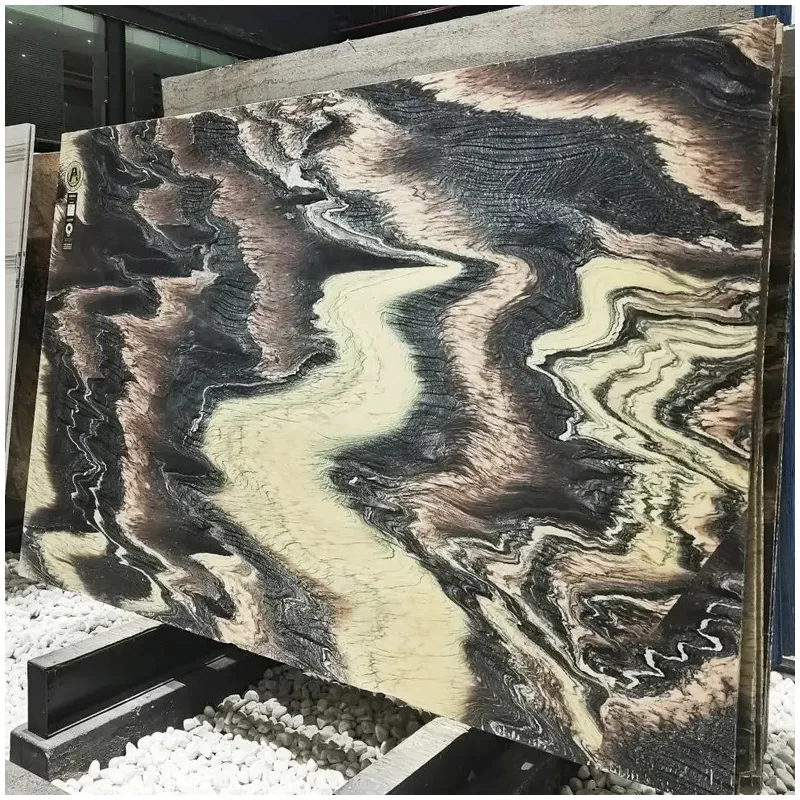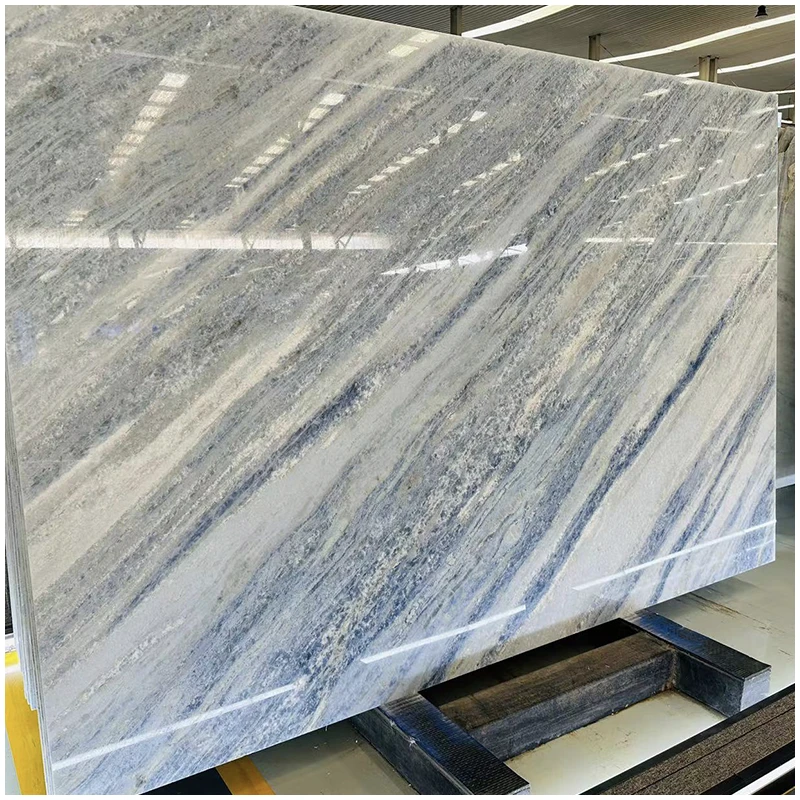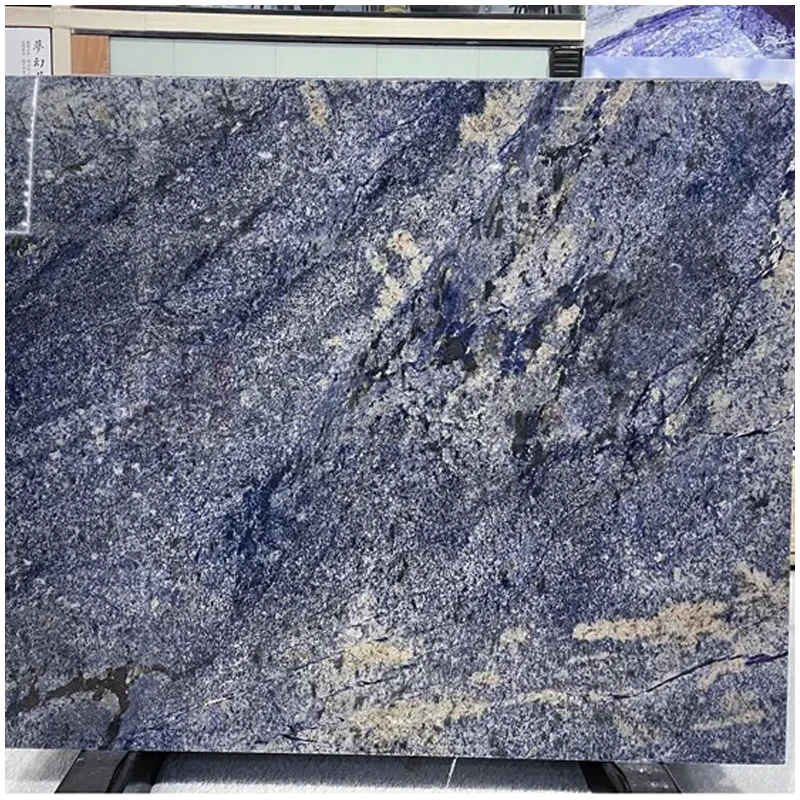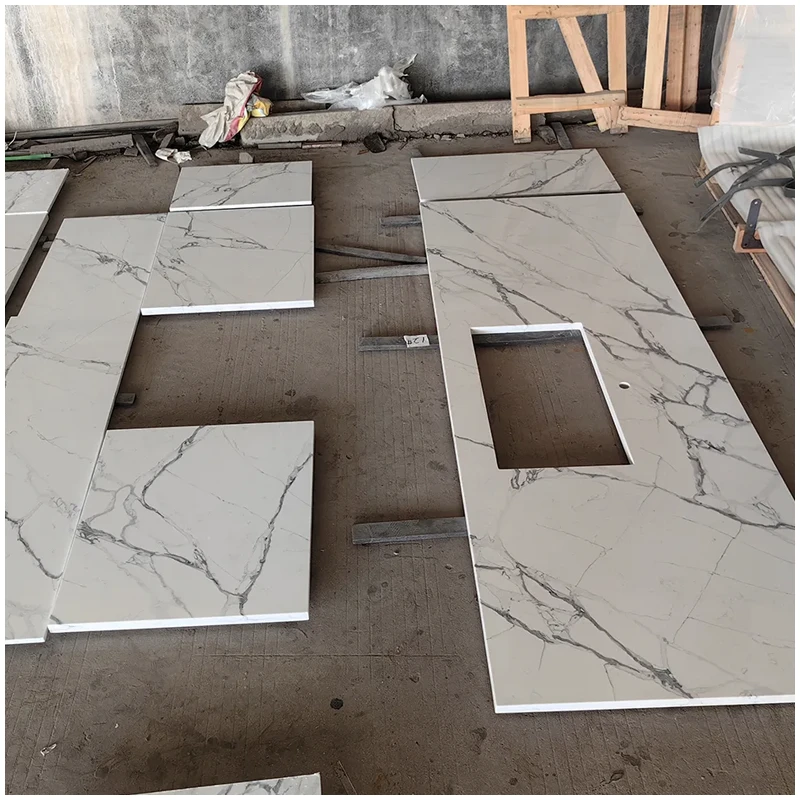Volakas White Marble Floor Tiles
Volakas White Marble Tile Collection Bring natural color, beauty, and warm tones into your home with the Volakas marble series. This authentic Greek marble was used for thousands of years in statues and is guaranteed to bring distinctive style to any space.
Volakas marble’s best-kept secret is an unusual beauty that never fails to dazzle the observer. Original from Greece, this white natural stonework is appreciated both for its uniformity as well as its grey tone veins rushing across a white backdrop to create a unique, timeless kind of marble.
| Good Quality Volakas White Marble Slab | ||
|
Material |
Ajax Volakas White Marble | |
| Acabamento da superfície | Polido, polido, etc. | |
| Lajes |
Tamanho |
1800(até)x600(até)mm
1800(até)x700(até)mm
2400(até)x1200(até)mm
2800(até)x1500(até)mm
… |
| Obrigado | 18 mm, 20 mm, etc. | |
| Ladrilhos | Tamanho |
300x300mm
600x300mm
600x600mm
… |
| Obrigado | 18 mm, 20 mm, etc. | |
| Bancadas |
Tamanho |
Personalização com base em desenhos/necessidades |
| Obrigado | 18 mm, 20 mm, etc. | |
| Tampos de penteadeira | Tamanho | Personalização com base em desenhos/necessidades |
| Obrigado | 18 mm, 20 mm, etc. | |





Qual é a diferença entre o mármore polido e o mármore amaciado?
O mármore polido tem uma aparência brilhante e de alto brilho. É muito liso e seu revestimento funciona como um protetor. O mármore amaciado tem um acabamento mais liso e é menos reflexivo. As pessoas geralmente escolhem o mármore polido porque ele tem menos probabilidade de arranhar ou gravar. Um arranhão em uma superfície fosca geralmente será menos perceptível do que em um acabamento brilhante. Entretanto, o mármore polido é mais suscetível a manchas porque os poros da pedra estão mais próximos da superfície. Ambas as opções são adequadas para a maioria das aplicações, incluindo o uso em cozinhas e banheiros.
Why does marble turn yellow?
White marble can turn yellow or brown when the stone is directly it is exposed to water for long periods of time, or if the stone is penetrated by harsh chemicals, including bleach and acids found in some foods and household cleaners. The yellowing usually happens because the iron in the stone oxidizes. If the seal on the marble has weakened or worn, water and other chemicals can reach the surface of the stone and absorb into the pores, which causes discoloration.
Yellowing and discoloration can also be caused if the marble is not cleaned properly. Some cleaners, polishes, and waxes that are not designed for marble can leave a build-up that will cause the stone to turn yellow.
In most cases, the stone can be repaired. It is suggested that you contact an expert for these repairs.







